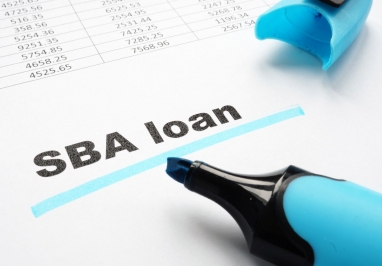
On May 13, 2020, the Small Business Administration (SBA) published much-anticipated guidance on the Paycheck Protection Program (PPP) necessity certification. Previously, the SBA injected a certain degree of concern and confusion with the publication of FAQ’s #31 and #37 regarding the conditions under which the necessity certification can be made in good faith. This most recent guidance is intended to bring a degree of clarity to this necessity certification issue. You can find the full text of the guidance at FAQ #46 here: https://home.treasury.gov/system/files/136/Paycheck-Protection-Program-Frequently-Asked-Questions.pdf.
Issued just one day before the May 14th safe harbor deadline to return loan proceeds obtained based on a questionable necessity certification, the guidance appears to be intended to address many borrowers’ worries: “Any borrower that, together with its affiliates, received PPP loans with an original principal amount of less than $2 million will be deemed to have made the required certification concerning the necessity of the loan request in good faith.” The SBA made this determination based on the assumption that the smaller-dollar borrowers “are generally less likely to have had access to adequate sources of liquidity in the current economic environment than borrowers that obtained larger loans.”
This information should be cause for a sigh of relief for many businesses. However, borrowers under the $2 million cutoff may still be subject to a future audit as the SBA’s prior guidance (FAQ #39) that it will review “all loans in excess of $2 million, in addition to other loans as appropriate, following the lender’s submission of the borrower’s loan forgiveness application” still stands. If a business’s loan file is audited and it is determined that it “lacked an adequate basis for the required certification concerning the necessity of the loan request, SBA will seek repayment of the outstanding PPP loan balance and will inform the lender that the borrower is not eligible for loan forgiveness.”
Though this caveat leaves room for some concern, the SBA’s May 13th guidance lessens the impact by indicating that, for all borrowers, “[i]f the borrower repays the loan after receiving notification from SBA, SBA will not pursue administrative enforcement or referrals to other agencies based on its determination with respect to the certification concerning necessity of the loan request.” Setting itself up for further clarifying guidance down the road, this statement does not clearly outline when the loan balance must be repaid in order to avoid further action. It seems likely that the balance would be due in full upon receipt of the SBA notice, but borrowers will have to wait for the next round of guidance to be certain.
If you have any questions on this topic or need assistance, please contact our Business Services, Financial Institutions, Real Estate, Construction, or Labor & Employment Practice Groups. We encourage you to subscribe to our E-Briefs for the latest news, tips, and updates.
Woods Aitken’s coronavirus resource page includes more valuable information regarding the coronavirus pandemic and all of our publications on COVID-19. We encourage you to visit this page often for updates.
